A brief history of the city
Tetouan, a city in northern Morocco, has a rich history dating back to the 3rd century BCE. Initially settled by the Berbers, it later became a Phoenician and Carthaginian outpost. In the 8th century, it fell under Arab rule and played a significant role during the Islamic period.
The city’s prominence grew in the 15th century when it became the base for Muslim and Andalusian refugees expelled from Spain. Tetouan became a hub for arts and sciences, blending Islamic, Arab, and Andalusian influences. It served as the capital of the Spanish protectorate in Northern Morocco from 1913 to 1956.
Today, Tetouan stands as a UNESCO World Heritage site, renowned for its well-preserved historic medina, reflecting its diverse cultural heritage.
How to get there?
Tetouan is one of the most popular and touristy cities in northern Morocco, so it can be reached very easily.
Bus
CTM has a few daily departures from Tangier and Chefchaouen. They have a private bus station so make sure that you inform the taxi driver to take you to CTM Bus Station and not Gare Routiere.
Alternatively, you may use Supratours or any other bus operators which depart from the main bus station (Gare Routiere).
The trip bus takes about 1 hour from Tangier and up to 2 hours from Chefchaouen.
Grand taxi
The grand taxi rank is just next to the bus station in Tangier. The names of the different destinations are written on the walls.
In Chefchaouen, the grand taxi rank is located about a kilometre to the west of Plaza Mohammed V.

The best time to visit
The best time to visit Tetouan is during the spring (April to June) and fall (September to October) when the weather is mild and pleasant. Summer can be quite hot, while winter brings cooler temperatures. Choosing spring or fall ensures a comfortable climate for exploring the city and its surroundings.

Where to stay?
I spent one night at Tetouan House. It’s a private apartment and the family rents affordable rooms to tourists. The room was fine, although a bit cold in December. Don’t expect any luxuries. It’s more about the experience than comfort. The owner is very friendly though and I was welcomed with some cookies and mandarines. The flat is located on the third floor of Dar Tair, a beautiful building with an impressive bronze statue at its top.
If you are looking for more comfort, check what the city has to offer on booking.com

How long to stay there?
One day is enough to see all the sights without rushing and to enjoy some time in the cafe sipping mint tea and observing the local lifestyle.

What to see?
Michouar’s Square and the Royal Palace
This spot offers a good view of the Royal Palace, although you can’t get close to the main gate as it’s fenced off. The tall art-nouveau light towers were designed by Enrique Nieta, a student of Gaudi. Ave Mohammed V connects Michouar’s Square with Moulay El Mehdi Square and is full of beautiful colonial architecture. One can really feel like in Spain! Don’t miss Dar Tair, with an impressive bronze statue at its top, and Cinema Espanol, only a block away.


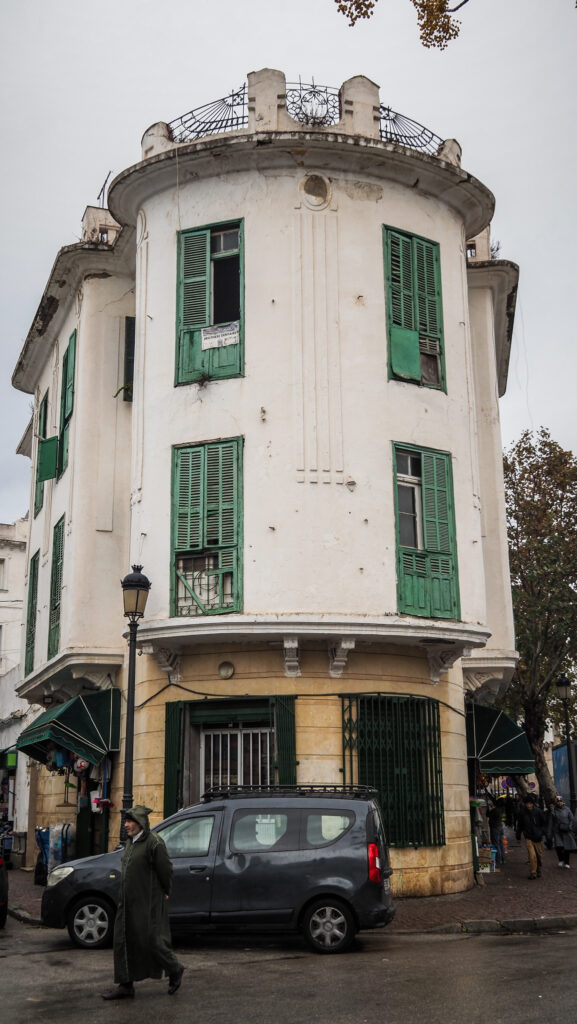
Dar El Oddi
The family house El Oddi has been restored to its former glory and today the interior looks impressive. Inside are collections of pictures, reproductions, postcards and stamps showing the city of Tetuan.
An entrance ticket costs 25 MAD. Ring the bell and someone from the staff will open it for you.

Madrasa Loukach
One of the highlights of my visit to Tetuan. It’s a building of a former religious school built in 1758 on the order of the Alaouite Sultan Mohammed ben Abdallah with a beautiful garden in the middle. The rooms are themed and well organized, with English translations. Tell me it’s not impressive that students were able to memorize the entire book of the Quran!
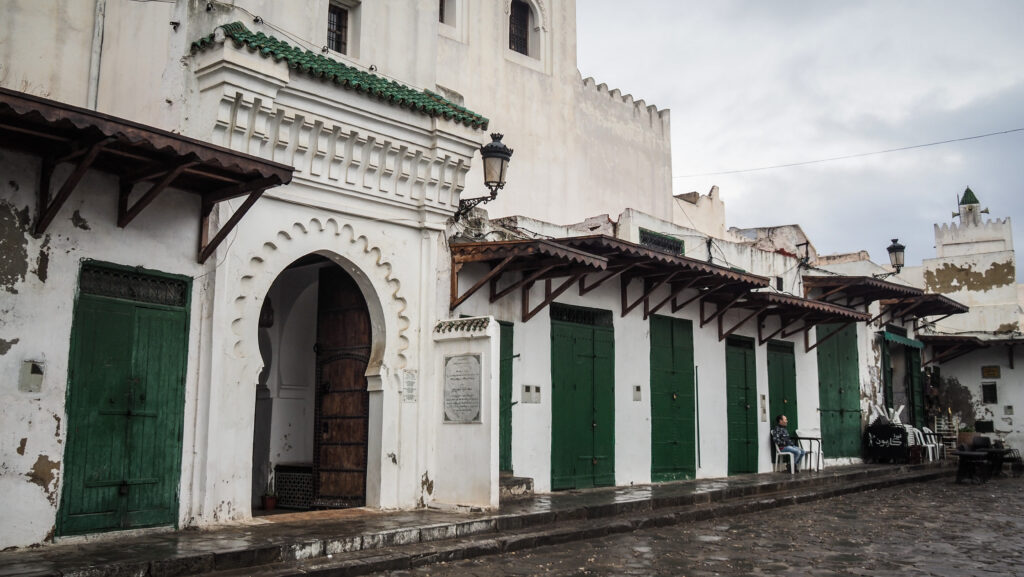
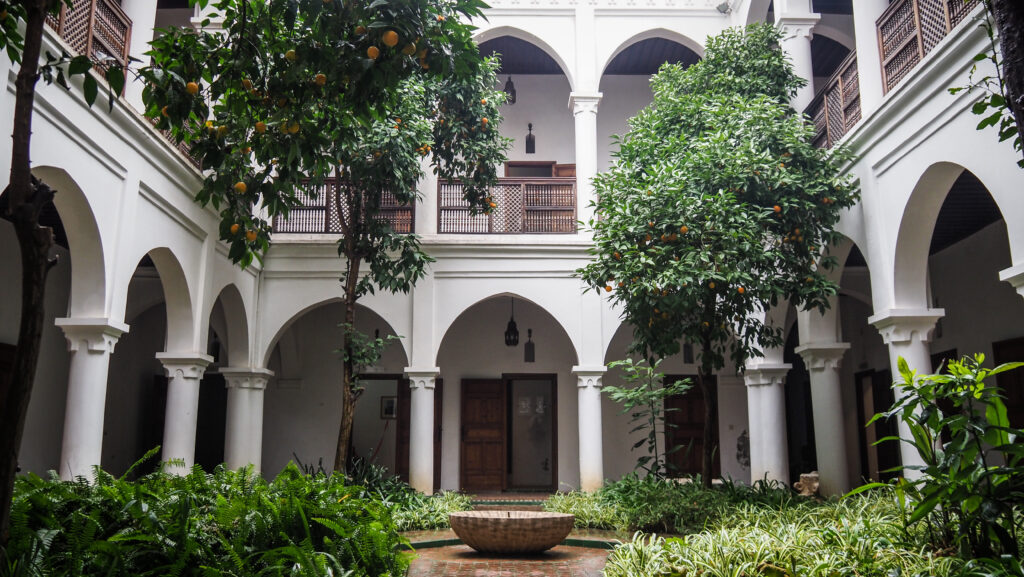
Archeology Museum
A small museum with artefacts from the Roman ruins at Lixus (near Larache) which are displayed inside and outside in the gardens. Entry ticket costs only 10 MAD but there are no English translations.
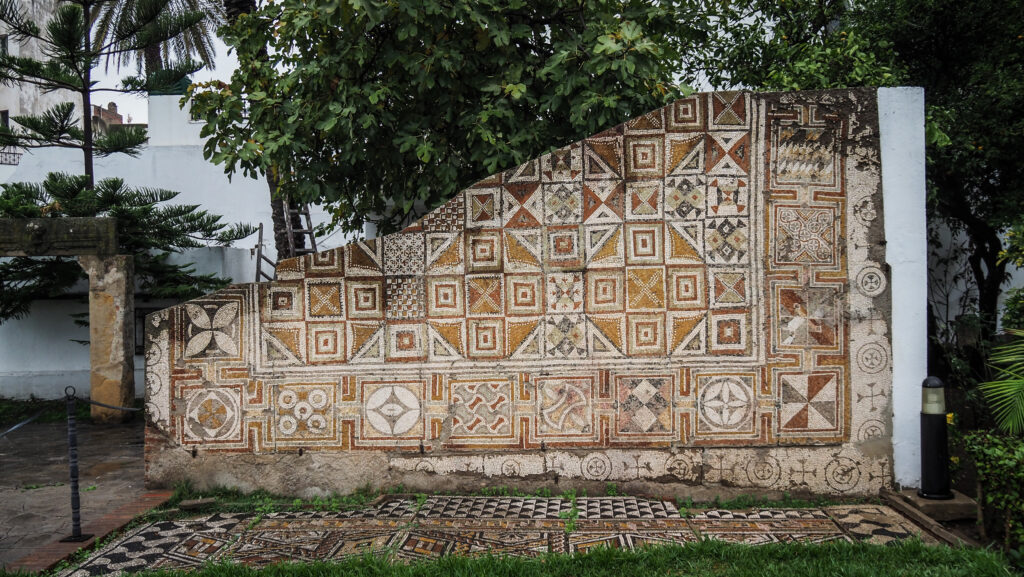

The Regional Nationalist Museum
A small museum in a 19th-century riad with artefacts and photos relating to the struggle for independence. There is also the history of Morocco’s kings. It’s free to visit but there are no English captions.
Bab el-Okla
One of the seven gates that make up the city walls, was built in the 16th century. I would say that it’s the most impressive one. It leads to the maze of shopping streets and eventually, you should end up at the main square with the Royal Palace.
Artisanal School
This is another beautiful example of architecture both outside and inside. The building is located just outside Bab el-Okla. It was closed on the day of my visit but normally you can see students being taught traditional arts (ornamental woodwork, carved plaster, mosaics, costumes).
Ethnographic Museum
A small museum presenting textiles, housewares and other cultural artefacts from Jewish and Muslim residents. You will get nice views of the city and the Rif Mountains from the terrace. The entrance ticket cost 30 MAD and the visit was made very enjoyable by one of the security guys who speaks good English and acts as a guide.

Tannery
Tanneries are traditional places of processing leather. The place is much smaller than the famous one in Fez and there were no craftsmen around on my visit. Lots of leather cuts and garbage can be found lying around. On the plus side is that it’s probably one of few tanneries in Morocco where no one tries to rip you off. It’s free to visit.
Next to it is one of the seven entry gates to the medina: Bab Mkabar, leading to a nearby cemetery.


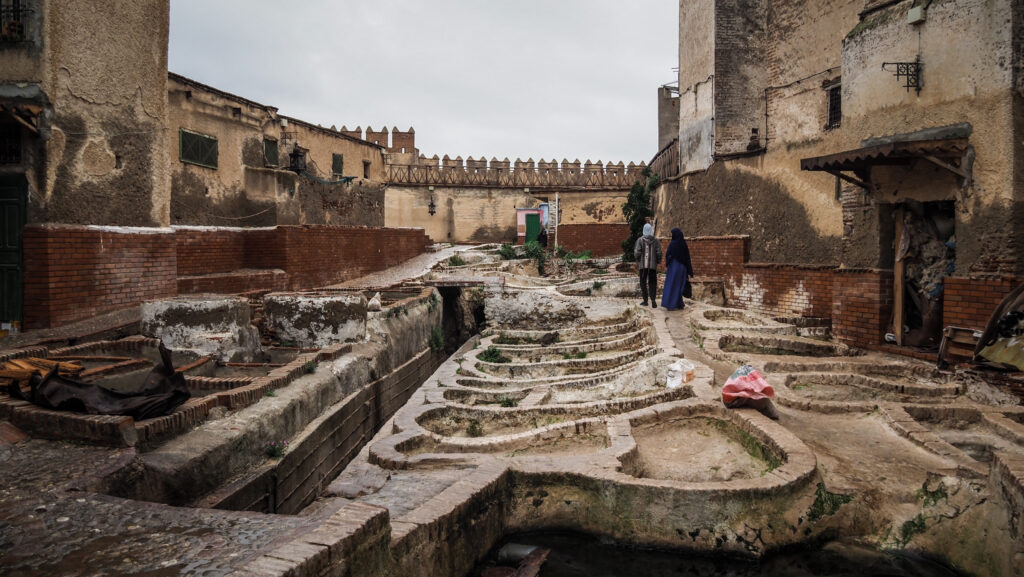
Moulay El Mehdi Square
A very busy place with the Spanish Consulate on one side and the Church of Our Lady of Victories on the other.



Feddan Park
Another beautiful square in Tetouan and for sure my favourite one! Once you enter it, you will see the view of the white houses in the medina and surrounding hills.
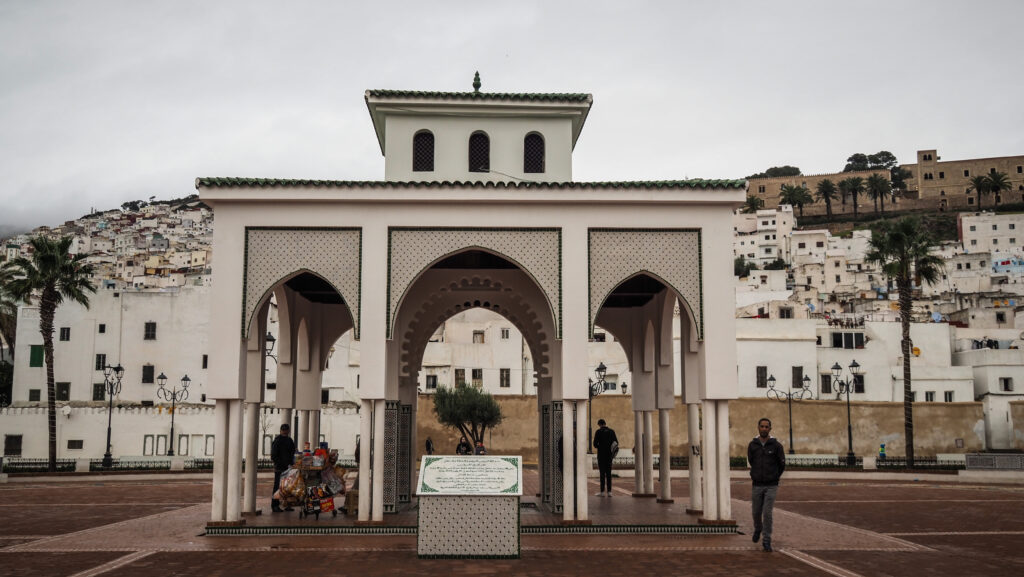
Kasbah
The building itself is closed for restoration and in the future the museum will be opened inside. However, it’s still worth walking around as the views over the medina, cemetery and mountains in the background are simply breathtaking.

Jbel Dersa Park and Tower
For even better panoramic views than from the Kasbah, hike up to the tower located at the top of Jbel Dersa. It’s about 5,5 kilometres if you decide to start in the city centre but you may shorten the distance by taking a taxi to the end of the asphalt road.
Modern Art Museum
The School of Fine Arts is located in the former railway station to Ceuta. The building is beautifully renovated and hosts contemporary Moroccan art plus some temporary exhibitions.
Entrance is free.




